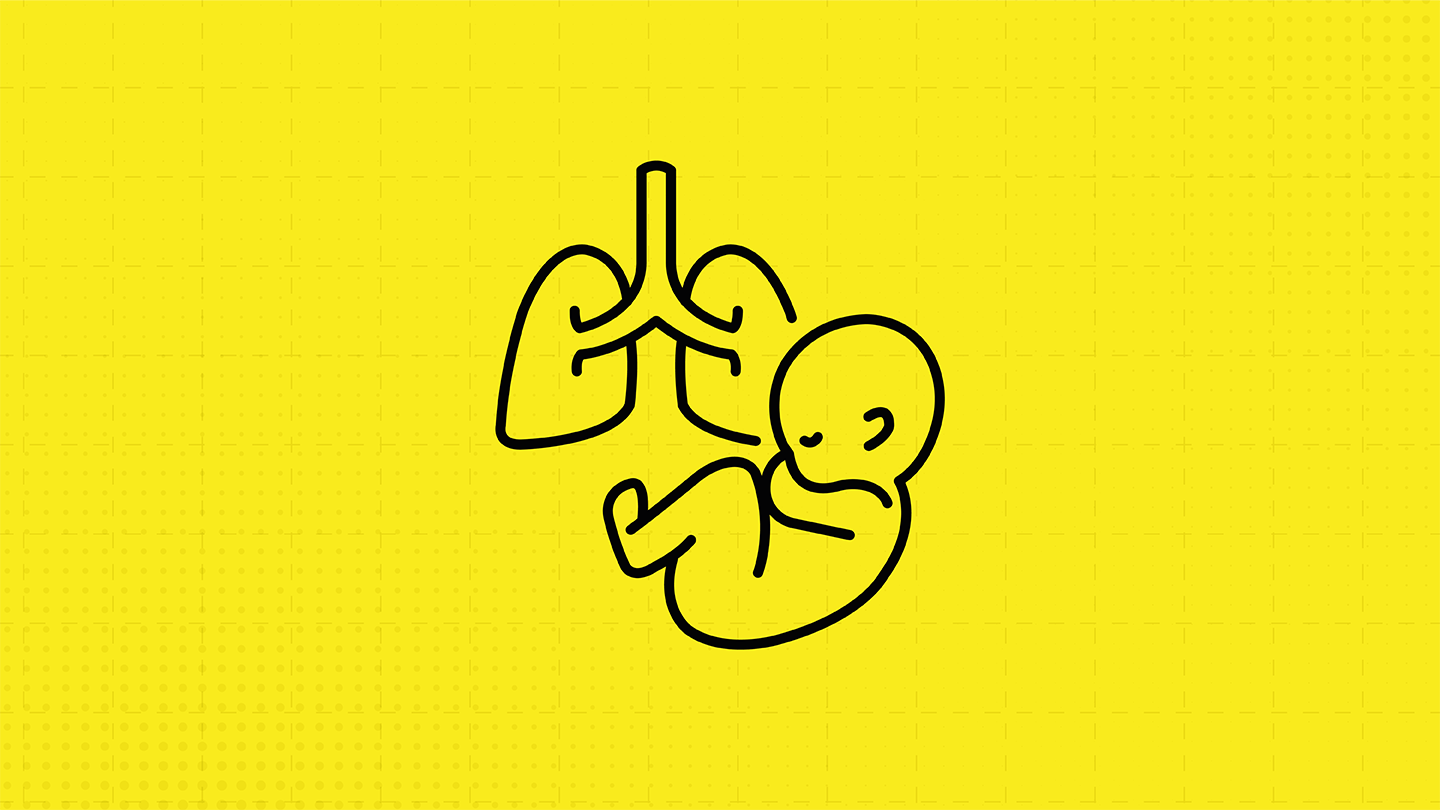
The Cystic Fibrosis Foundation has published the first comprehensive, consensus-driven guidelines aimed at improving the consistency, equity, and efficacy of newborn screening for cystic fibrosis across the United States, marking the first standardized recommendations for CF newborn screening programs.
Seven key recommendations to improve screening
Following extensive systematic reviews of available evidence, the Cystic Fibrosis Foundation (CFF) committee developed seven consensus recommendations with 100 percent agreement:
Use of a floating immunoreactive trypsinogen (IRT) cutoff rather than a fixed cutoff
Implementation of a very high IRT referral strategy in programs with limited variant panels
Expansion of cystic fibrosis transmembrane conductance regulator (CFTR) variant panels beyond F508del and ACMG-23 to include all CF-causing variants identified in the CFTR2 database
Screening for all CF-causing CFTR variants that have been interpreted by CFTR2
Performance of molecular testing at least twice weekly
Inclusion of a CFTR sequencing tier following panel testing
Communication of abnormal results with both primary care providers and CF specialists.
“Through implementation, it is anticipated that these recommendations will result in improved sensitivity, equity, and timeliness of CF newborn screening, leading to improved health outcomes for all [patients] diagnosed with CF following newborn screening and a decreased burden on families,” the guideline authors stated.
Addressing historical screening disparities
The guidelines acknowledged significant disparities in CF detection among different populations. As noted in the publication: “Individuals from historically marginalized races or ethnicities are disproportionately impacted by variations in screening practices, resulting in a screening paradigm that does not equitably identify infants at risk for CF.”
This inequity may have stemmed partly from early CF screening approaches that favored identification of variants common in populations of European descent. The investigators explicitly addressed how these disparities contribute to delayed diagnosis and poorer clinical outcomes in Black and Hispanic populations.
Technical screening improvements
The guidelines provided detailed technical recommendations for optimizing screening sensitivity while maintaining specificity.
Regarding IRT measurements, the committee found evidence showing that “infants with CF who are missed by [newborn screening] frequently have an IRT value below the threshold for detection in the first tier of the [newborn screening] algorithm.” The guidelines noted that floating cutoffs minimize environmental impacts on IRT measurements, potentially reducing missed cases.
For molecular testing, the committee emphasized comprehensive variant detection: “Screening for all CFTR variants that have been interpreted by CFTR2 and which are deemed CF-causing improves sensitivity in the overall CF population compared to screening with extended variant panels.”
The guidelines explicitly recommended third-tier CFTR sequencing, noting that programs utilizing this approach showed that “specificity and PPV were significantly improved by inclusion of sequencing, ranging from 99 percent to 100 percent and 34 percent to 77 percent, respectively,” based on real-world pilot programs.
Implementation considerations
The CFF acknowledged that implementation may be challenging for some programs. “It is recognized that full implementation of the guideline may be aspirational for some programs because of the significant changes to systems, processes, and allocation of resources that would be required,” the guideline authors wrote.
The guidelines encouraged incremental improvements, suggesting that “even incremental changes implemented as resources allow will contribute to progress toward a more sensitive, equitable, and timely CF NBS process.”
Implications for clinical practice
For clinicians, the guidelines emphasized the importance of understanding that CF newborn screening is a screening test, not a diagnostic one. "[Education] should be provided to all medical providers, emphasizing that CF [newborn screening] will not detect all cases of CF.” The guidelines recommended diagnostic evaluation for any patient with symptoms suggestive of CF, regardless of screening results.
The CFF has indicated its commitment to supporting state implementation efforts, noting that it “will accompany this process and product with advocacy efforts.”
Source: International Journal of Neonatal Screening
This article was originally published on conexiant.com.




